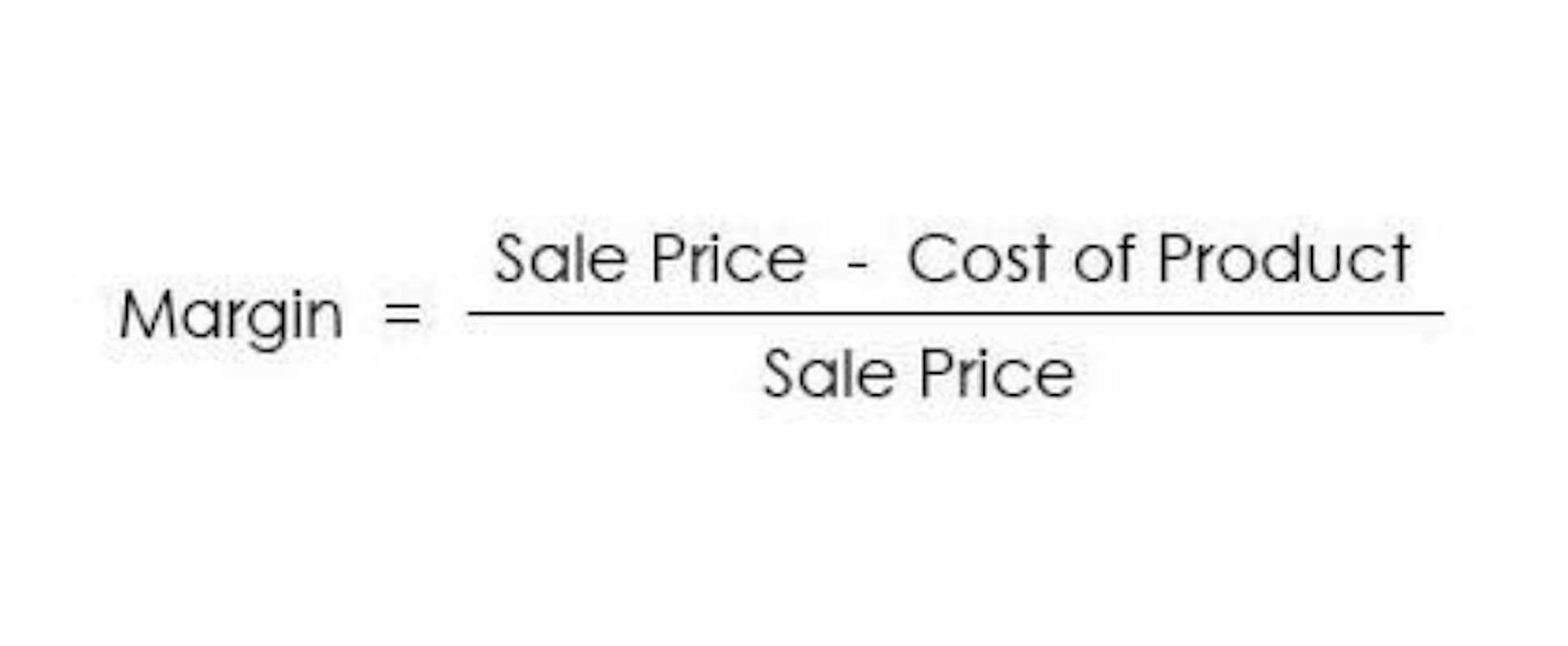
Therefore, variable costs will increase when more units are produced. As we can see, fixed costs increase because new equipment is needed to expand production. Variable costs also increase as more staff and raw materials are needed.
The consumer’s satisfaction tends to decrease as consumption increases. Marginal cost is the change in cost when an additional unit of a good or service is produced. Marginal cost is calculated by dividing the increase in production costs by the increase in unit output. Ideally, businesses would achieve optimal profitability by achieving a production level where Marginal Revenue exactly equals Marginal Cost.
Marginal Benefit vs. Marginal Cost: What’s the Difference?
All these calculations are part of a technique called marginal analysis, which breaks down inputs into measurable units. Fixed costs are the relatively stable, ongoing costs of operating a business that are not dependent on production levels. They include general overhead expenses such as salaries and wages, building rental payments, or utility costs. The target, in this case, is for marginal revenue to equal marginal cost. Marginal cost is significant in economic theory because a profit maximising firm will produce up to the point where marginal cost (MC) equals marginal revenue (MR). Marginal benefit is the maximum amount of money a consumer is willing to pay for an additional good or service.
- The warehouse has capacity to store 100 extra-large riding lawnmowers.
- Businesses typically use the marginal cost of production to determine the optimum production level.
- Because different initiatives will have different marginal benefits, it is up to elected officials to determine how to allocate limited resources like taxpayer funds.
- Here, the Marginal Cost of the 101st unit is $2,220, reflecting the additional costs incurred due to variable cost changes.
- Marginal cost is the expenses needed to manufacture one incremental good.
Marginal cost pricing is where the selling company reduces the price of its goods to equal marginal cost. In other words, it reduces the price so much that it no longer makes a profit on it. Usually, a firm would do this https://www.bookstime.com/ if they are suffering from weak demand, so reduce prices to marginal cost to attract customers back. Calculating a change in quantity involves looking at point A and point B in production and working out the difference.
What is the Best Definition of Marginal Cost?
Marginal benefit usually declines as a consumer decides to consume more of a single good. For example, imagine a consumer purchases a ring for her right hand. Since she does not need two rings, she would be unwilling to spend how to calculate marginal cost another $100 on a second ring. She might, however, be convinced to purchase that second ring at $50. For this customer, the marginal benefit of the first ring is $100, while the marginal benefit of the second ring is $50.
Before we look at some examples of marginal cost, let’s find out the cost of production for a typical business. The U.S. pharmaceutical industry has a high total fixed cost, including the fixed costs which include how much it costs to conduct research and development. Armed with this information, you can now adjust your cupcake pricing strategy for better profitability.
How Important is Marginal Cost in Business Operations?
Marginal cost is the change in the total cost of production by producing one additional unit of output. When considering production strategies, a business should factor in the marginal cost. If the cost of producing an additional unit is lower than the current selling price, it might be beneficial to increase production. Understanding these costs is integral to the marginal cost calculation. When calculating the change in total cost in the marginal cost formula, both fixed and variable costs come into play.
The company has determined it will cost an additional $400 to manufacture one additional bike. Although the average unit cost is $500, the marginal cost for the 1,001th unit is $400. The average and marginal cost may differ because some additional costs (i.e. fixed expenses) may not be incurred as additional units are manufactured. Marginal cost is important because it helps businesses make informed decisions about production levels. By understanding the additional cost of producing one more unit, a business can determine the optimal production level to maximize profit or minimize costs. In this case, there was an increase from $50,000 to $75,000 – which works out as an increase of $25,000.
What Is the Difference Between Marginal Cost and Average Cost?
At the same time, the number of goods produced and sold increases by 25,000. The marginal cost of these is therefore calculated by dividing the additional cost ($20,000) by the increase in quantity (25,000), to reach a cost of $0.80 per unit. The U-shaped curve represents the initial decrease in marginal cost when additional units are produced. At each level of production and during each time period, costs of production may increase or decrease, especially when the need arises to produce more or less volume of output. If manufacturing additional units requires hiring one or two additional workers and increases the purchase cost of raw materials, then a change in the overall production cost will result.

